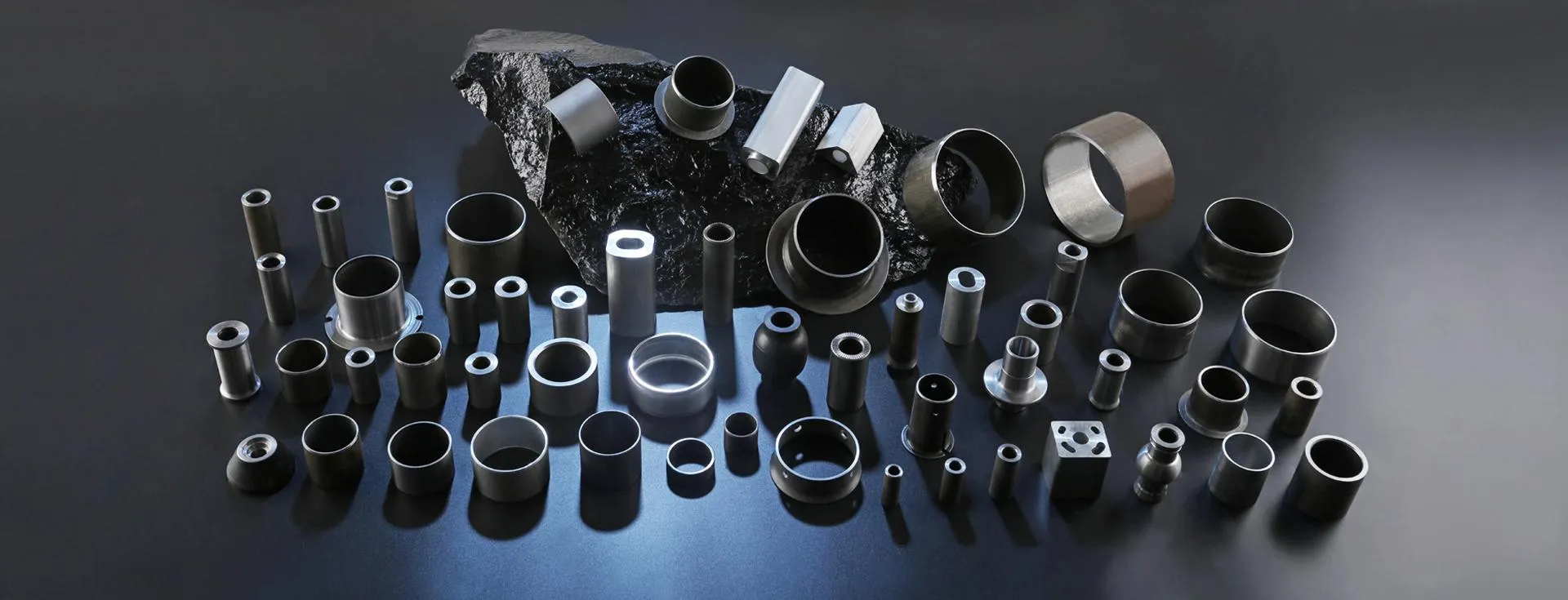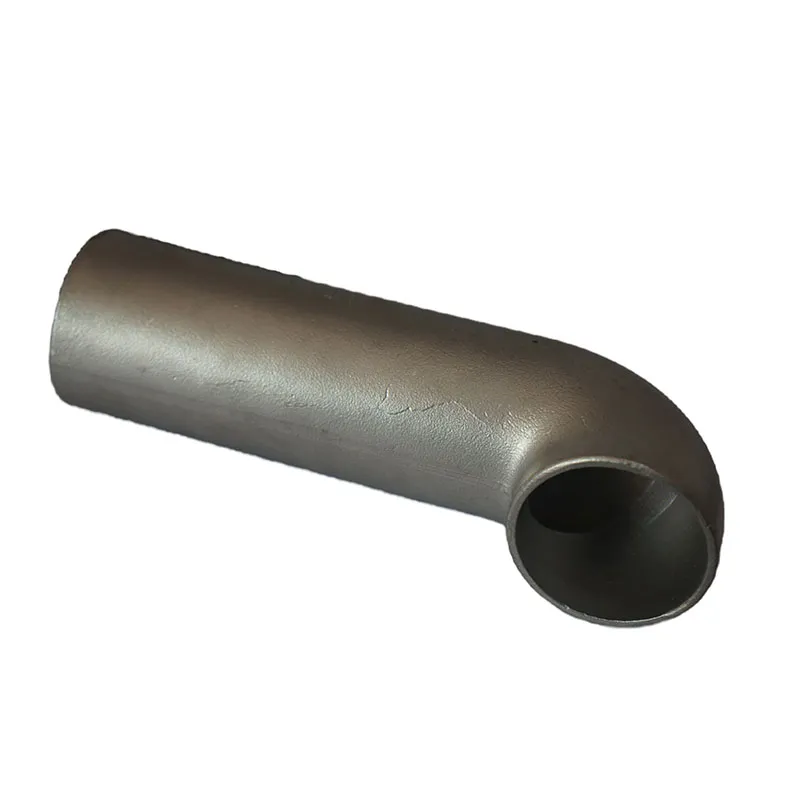Green Sand for Efficient & Eco-Friendly Metal Casting [Brand]
This guide provides a technical overview of green sand casting processes. Here's a structured breakdown of topics covered:
- The Science Behind Green Sand Composition
- Technical Advantages: Why Green Sand Dominates
- Manufacturer Comparison: System Performance Metrics
- Industry-Specific Customization Approaches
- Material Compatibility Analysis
- Implementation Case Studies
- Sustainable Future of Foundry Operations

(green sand in casting)
Green Sand in Casting: Foundry Fundamentals Explained
Green sand casting remains the most prevalent metal forming method globally, representing approximately 70% of all cast production. Unlike dry sand alternatives, this process utilizes moist sand mixtures containing 5-10% water and 3-10% bentonite clay. The term "green" denotes the presence of moisture during metal pouring rather than the material color. Its composition typically combines silica sand, bentonite clay, water, and organic additives like cereals for enhanced mold strength and collapse properties.
Precise moisture control maintains structural integrity until molten metal injection while allowing controlled decomposition during cooling. Foundries measure sand strength through comprehensive metrics including compression strength (typically 12-30 psi), shear strength (3-5 psi), and permeability (50-150 units). Through continual reclamation cycles adding 5-8% fresh materials, production facilities can reuse 95% of sand mixtures while maintaining process stability.
The Science Behind Green Sand Composition
Material science governs green sand performance through carefully balanced components. Silica sand constitutes 75-85% of mixtures, selected according to grain size distribution between AFS 40-120. This distribution directly impacts dimensional accuracy and surface finish:
- Fine grains (AFS 100-120): Produce excellent surface detail (±0.15 mm tolerance)
- Coarse grains (AFS 50-70): Enhance permeability for complex geometries
Bentonite clay activation occurs during mulling, where mechanical energy transforms platelets into colloidal suspensions. Western sodium bentonites provide superior hot strength for ferrous applications, while calcium variants offer better flowability for aluminum casting. Laboratory tests including loss-on-ignition (LOI) and methylene blue clay activity ensure consistent bonding properties through production cycles.
Technical Advantages: Why Green Sand Dominates
Environmental and operational benefits position green sand as the preferred casting method. Energy consumption comparisons reveal significant advantages:
| Process | Energy Consumption (kWh/ton) | Recycle Rate (%) | Production Speed (kg/h) |
|---|---|---|---|
| Green Sand Casting | 180-220 | 95-98 | 500-2000 |
| Dry Sand Casting | 310-380 | 60-75 | 150-600 |
| Resin Sand Casting | 420-560 | 40-55 | 300-750 |
Moisture-activated bonding eliminates resin-related VOC emissions while enabling rapid pattern changes. Production data confirms green sand systems achieve mold production cycles under 45 seconds versus 2-3 minutes for no-bake alternatives. This speed advantage contributes to 15-22% lower production costs for high-volume components while maintaining surface finishes averaging 300-600 µin Ra.
Manufacturer Comparison: System Performance Metrics
Leading foundry equipment manufacturers optimize different aspects of green sand technology. The following performance assessment compares top providers:
| Supplier | Molding Consistency (%) | Sand Utilization (%) | Automation Integration |
|---|---|---|---|
| Omega Foundry Machinery | 99.2 | 96.8 | Level 4 |
| DISA Industries | 98.7 | 97.4 | Level 4+ |
| Hunter Foundry Systems | 98.5 | 95.9 | Level 3 |
These systems maintain production tolerances within ±0.1% dimensional variation across operating cycles. The DISA Match 20 platform achieves casting rates exceeding 550 molds/hour for automotive parts while Omega Sinto's FD-X series reduces new sand consumption to 1.2 metric tons per 100 tons of castings produced. Automation levels directly correlate with reduced scrap rates – facilities implementing Level 4 systems report under 2.8% defect occurrence.
Industry-Specific Customization Approaches
Material engineers tailor green sand mixtures according to application parameters. Specific industry adaptations demonstrate this flexibility:
- Automotive: Higher bentonite content (7-9%) supports intricate cylinder head geometries while maintaining permeability. Carbon additions reduce metal penetration defects in block castings
- Aerospace: AFS grain fineness of 70-85 ensures precise airfoil dimensions with strict CTE control (±0.003 mm/mm°C)
- Pump/Hydraulics: Proprietary additives create erosion-resistant surfaces accommodating 650°C molten temperatures
The Hartford Steel benchmark shows how optimized moisture control reduced scrap from thin-wall pump housings by 19% in production trials. Their customized sand monitoring system adjusts water additions within ±0.1% variance using dielectric sensing technology.
Implementation Case Studies
Recent installations demonstrate green sand's operational improvements:
Brennan Industries (Ohio): Upgraded to automated green sand lines for brass fittings production. Results documented 33% cycle time reduction (from 8.5 to 5.7 minutes) while eliminating ventilation costs previously required for resin sand operations. Dimensional consistency improved by 41% measured through Cpk analysis of critical seal surfaces.
Tata Metaliks (India): Implemented closed-loop water reclamation in their ductile iron foundry. This reduced freshwater consumption by 22 million liters annually while maintaining sand temperature stability at 45±2°C – a critical parameter for avoiding mistle defects in pipe fittings production.
Sustainable Future of Foundry Operations
Green sand for metal casting continues evolving through technological innovation. Recent industry shifts demonstrate 15% increased adoption rates versus binder-intensive alternatives – driven primarily by environmental compliance requirements. Modern reclamation systems process 40-ton sand batches in under 15 minutes while maintaining AFS specifications within ±3 points.
Emerging research focuses on closed-loop water recovery and advanced monitoring systems utilizing capacitive moisture sensors and real-time X-ray fluorescence analysis. These developments support foundries in achieving carbon neutrality targets through zero-waste molding solutions. Manufacturers increasingly prioritize green sand casting processes due to their alignment with circular economy principles while guaranteeing production scalability.

(green sand in casting)
FAQS on green sand in casting
Q: What is green sand in metal casting?
A: Green sand is a mixture of sand, bentonite clay, water, and additives used in casting molds. It’s called “green” due to its moisture content, not color. It’s widely used for its cost-effectiveness and adaptability.
Q: How does green sand casting differ from dry sand casting?
A: Green sand molds retain moisture during pouring, while dry sand molds are baked to remove moisture. Green sand offers faster production, whereas dry sand provides better surface finish for complex casts.
Q: What are the advantages of using green casting sand?
A: Green sand is reusable, eco-friendly, and requires minimal processing. It provides good collapsibility and gas permeability. Its low cost makes it ideal for high-volume casting projects.
Q: Which metals are best suited for green sand casting?
A: Green sand works well for ferrous metals like iron and steel, and non-ferrous metals like aluminum and brass. It’s versatile but may struggle with extremely high-temperature alloys.
Q: How is green sand maintained for consistent casting quality?
A: Regular testing of moisture, clay content, and compactability ensures consistency. Additives like coal dust or cellulose are adjusted as needed. Proper aeration and mixing prevent clumping and defects.
-
OEM Sand Cast Pump Valve Fittings - Baoding Hairun Machinery | Precision Engineering, CustomizationNewsJul.22,2025
-
OEM Sand Cast Pump Valve Fittings-Baoding Hairun Machinery|Precision Engineering,Industrial ApplicationsNewsJul.21,2025
-
OEM Sand Cast Pump Valve Fittings-Precision Engineering|Green Sand Casting&Industrial ApplicationsNewsJul.21,2025
-
OEM Sand Cast Pump Valve Fittings-Precision Engineering|Green Sand Casting&Industrial ApplicationsNewsJul.21,2025
-
OEM Sand Cast Pump Valve Fittings-Precision Engineering|Green Sand Casting&Industrial ApplicationsNewsJul.21,2025
-
OEM Sand Cast Pump Valve Fittings | Baoding Hairun Machinery And Equipment Trading Co., Ltd.NewsJul.21,2025















